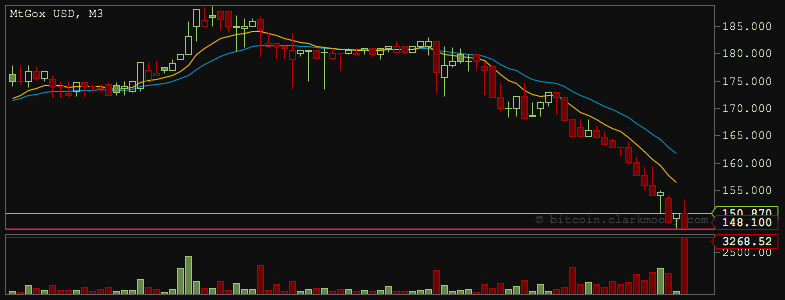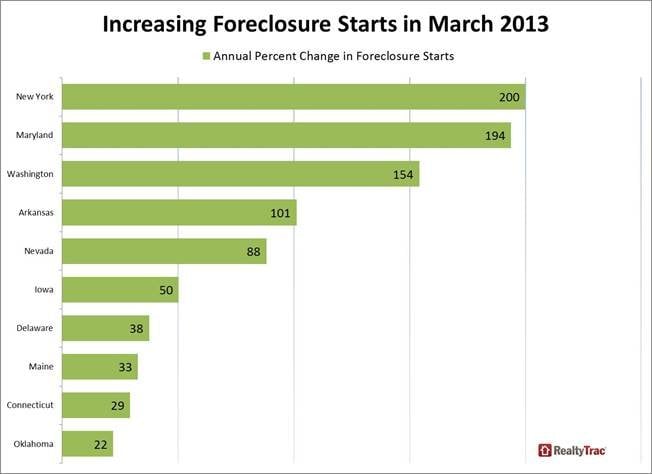“The Bitcoin correction we wrote aboutyesterday was not caused by a DDOS attack on one of the largest Bitcoin exchanges, Mt.Gox, but rather by a massive spike in interest in the crypto currency, according to Mt.Gox.
During trading yesterday the value of Bitcoin plummet by 60%, dropping from a high of $265 to around $150 (at the time of writing it has climbed back up slightly, to around $180). As the value of Bitcoin dropped, San Francisco-based exchange called TradeHill claimed the fall was a result of distributed denial of service attacks on Mt. Gox and Bitstamp.
But Mt.Gox has now posted a notice on its Facebook page explaining the dramatic dive as the result of too much interest in Bitcoin. As its infrastructure slowed down under the volume of new users crowding in, it said the resulting lag then caused traders to panic and sell off currency — triggering the drop.
Earlier this month the Tokyo-based exchange was hit by a DDOS attack — which it said had caused its “worst trading lag ever“. But this time the lag was caused by the Bitcoin goldrush, and existing investors’ fearing a Bitcoin bubble….”
Comments »


